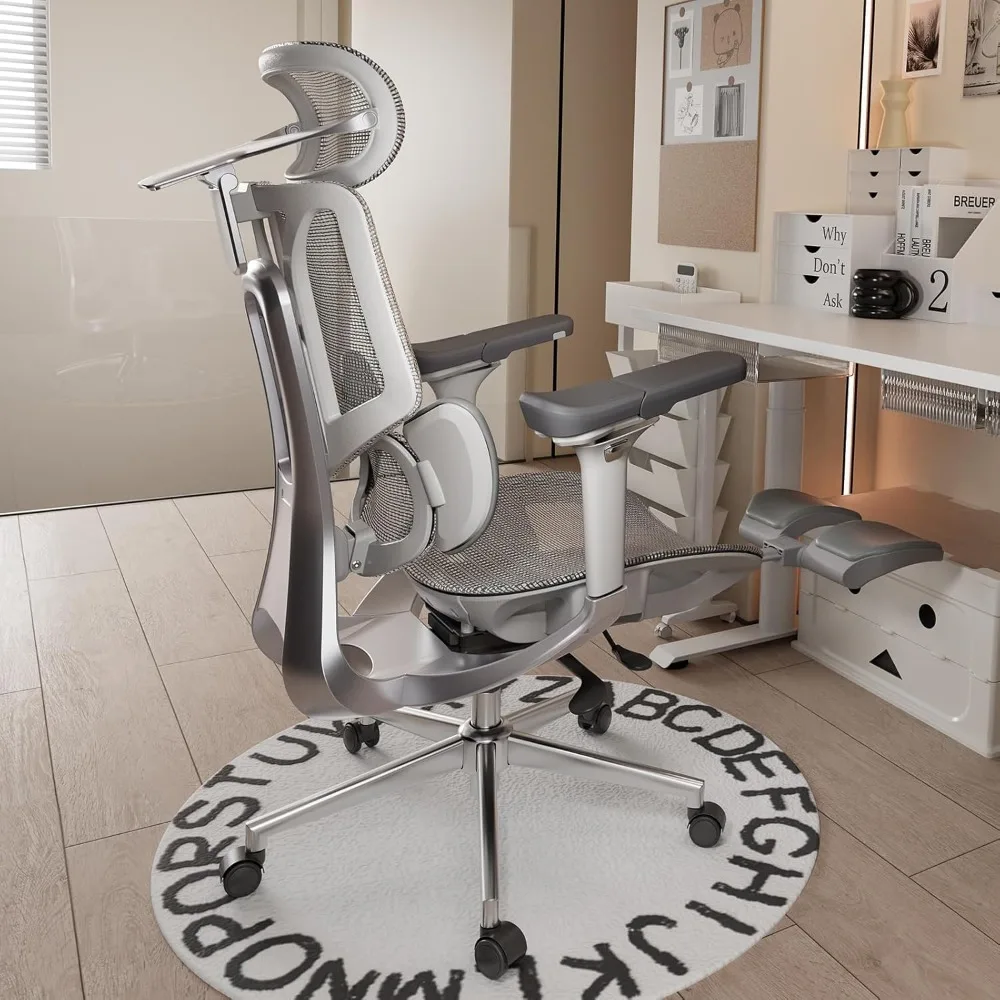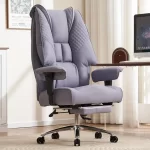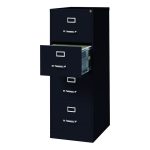An office chair that slowly sinks can be a significant annoyance, disrupting your work and affecting your comfort. This issue is often related to the gas lift mechanism, but it can also stem from other factors. In this comprehensive guide, we’ll explore the common causes of sinking office chairs and provide troubleshooting tips to help you resolve these problems effectively.
Understanding the Mechanism of Office Chairs
The Gas Lift System Explained
Most office chairs are equipped with a gas lift cylinder, allowing users to adjust the height of the seat according to their preference. This mechanism works through compressed gas sealed within a cylinder. When you pull the lever, a valve opens, releasing some gas and enabling the chair to rise or fall. If the gas lift is functioning correctly, it should hold its position securely.
Importance of Proper Adjustment
Proper adjustment of your office chair is crucial for maintaining good posture and comfort during long hours of work. An office chair that sinks unexpectedly can lead to discomfort, causing strain on your back, neck, and shoulders. Therefore, understanding how the gas lift system operates can help you troubleshoot issues more effectively and maintain a comfortable working environment.
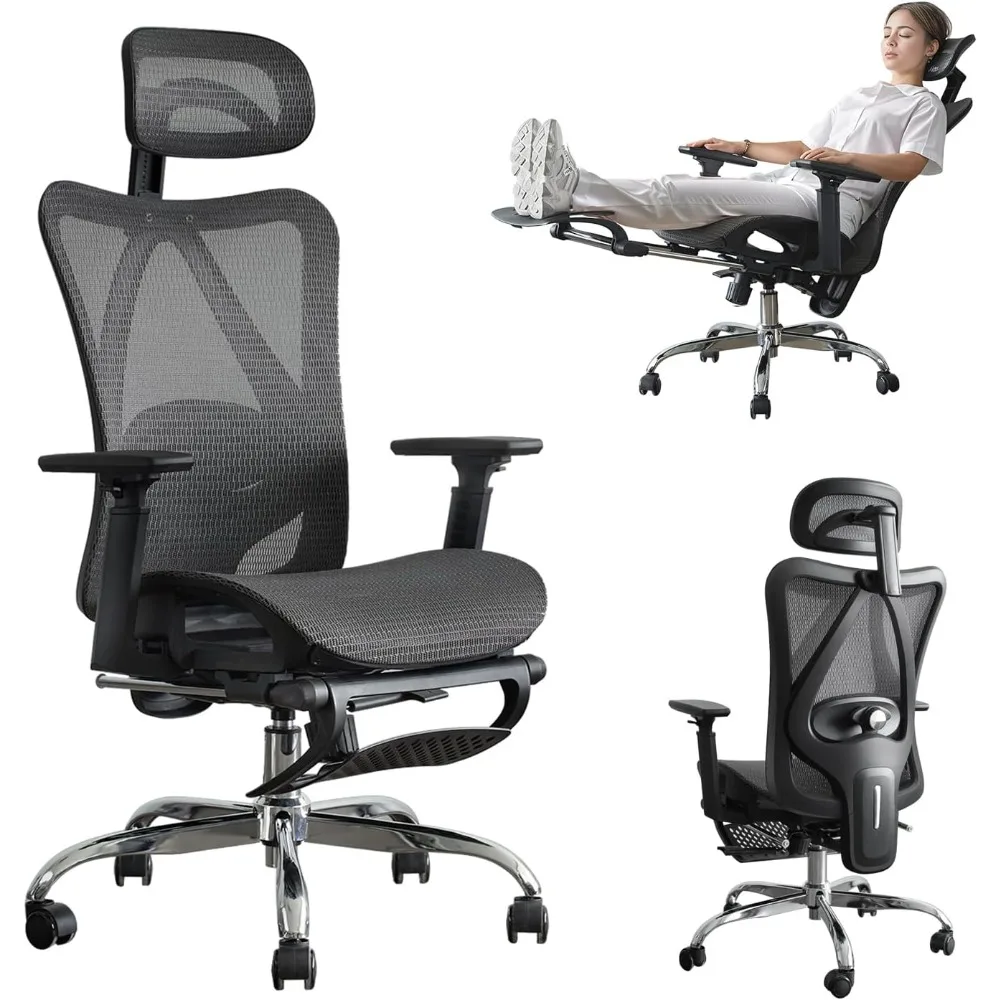
Identifying the Problem: Why Does My Chair Sink?
Common Causes of Sinking Chairs
Several factors can contribute to an office chair sinking over time. One of the primary reasons is wear and tear on the gas lift mechanism. If the internal seals become damaged or the gas loses pressure, the chair may no longer hold its height. Additionally, frequent adjustments without proper care can accelerate this wear.
Impact of Weight and Usage
The weight capacity of your office chair plays a significant role in its longevity. Chairs that are frequently used or bear excessive weight may experience quicker degradation of their components. Furthermore, if multiple users with different weights adjust the chair regularly, it can lead to mechanical issues over time. Understanding these factors can help you determine the root cause of your sinking chair.
Step-by-Step Troubleshooting Guide
Check the Gas Lift Mechanism
The first step in troubleshooting a sinking office chair is to inspect the gas lift mechanism. Look for visible signs of damage, such as cracks or bends in the cylinder. If the cylinder appears intact, try adjusting the chair to its highest position and sitting down to see if it holds. If it continues to sink, the gas lift may need replacement.
Inspect the Lever and Height Adjustment Mechanism
The lever that controls the height adjustment is another critical component to check. Ensure that it operates smoothly and isn’t stuck. Sometimes, debris or dirt can accumulate around the lever, causing it to malfunction. Cleaning the area around the lever and ensuring it moves freely can resolve some minor issues.
Exploring Temporary Fixes
Using PVC Pipe as a Temporary Solution
If you need a quick fix while waiting for parts or a new chair, using a PVC pipe can serve as a temporary solution. Measure the diameter of the chair’s gas lift and cut a piece of PVC pipe to the appropriate length. Place it around the gas lift cylinder to create a physical stop, preventing the chair from sinking. While this isn’t a permanent fix, it can provide relief until you can address the underlying issue.
Utilizing Chair Cushions
Another temporary solution involves using chair cushions or seat pads to adjust your height manually. While this doesn’t fix the sinking problem, it can provide extra comfort and elevate your seating position. However, this method isn’t ideal for long-term use, as it may not fully address the core issue of the sinking chair.
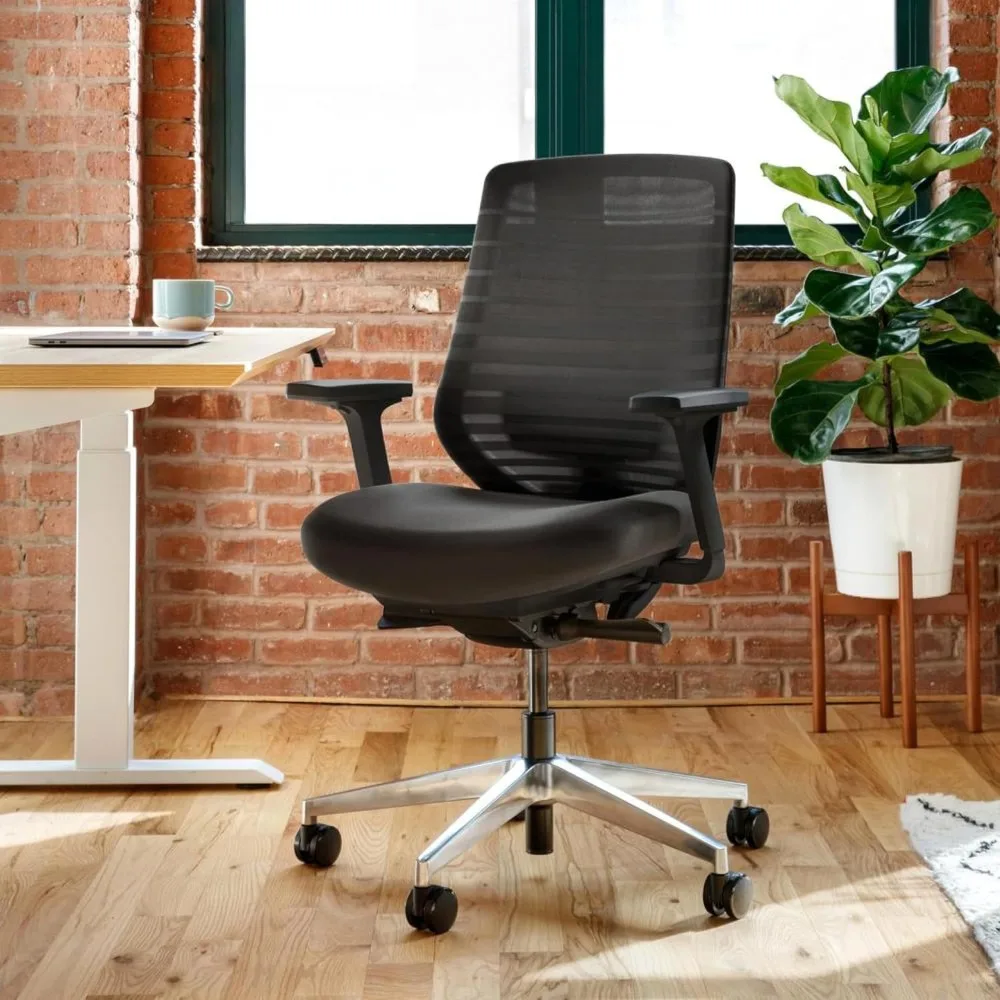
When to Consider Replacement Parts
Assessing the Condition of the Gas Lift Cylinder
If your troubleshooting efforts have not resolved the issue, it may be time to consider replacing the gas lift cylinder. Many office chairs allow for easy replacement, and various aftermarket options are available. Before purchasing a new cylinder, ensure it matches the specifications of your chair for compatibility.
Finding Quality Replacement Parts
When looking for replacement parts, prioritize quality to ensure durability and performance. Research reputable suppliers and read reviews to find reliable components. Investing in high-quality parts will save you time and money in the long run, reducing the likelihood of future issues.
Professional Repair Services
Knowing When to Seek Help
If you’ve tried the previous troubleshooting steps and still experience issues, it might be worthwhile to consult a professional repair service. Experts can diagnose the problem more accurately and suggest appropriate solutions. For valuable office furniture, investing in professional repair services can extend the lifespan of your chair.
Evaluating Cost-Effectiveness
Before opting for professional repair, weigh the cost against the potential benefits. Depending on the chair’s value and condition, it may be more economical to purchase a new chair rather than pay for extensive repairs. Always consider your budget and the frequency of use when making this decision.
Preventative Measures to Avoid Future Issues
Regular Maintenance Checks
Implementing regular maintenance checks can significantly extend the life of your office chair. Periodically inspect the gas lift mechanism, levers, and overall structure for any signs of wear or damage. Addressing minor issues promptly can prevent them from escalating into more significant problems that require costly repairs.
Proper Usage Guidelines
Educating all users about proper usage and adjustment techniques can also minimize wear and tear on your chair. Encourage users to avoid excessive force when adjusting the height and to refrain from leaning too heavily on the backrest. By promoting responsible use, you can help maintain your chair’s functionality for years to come.
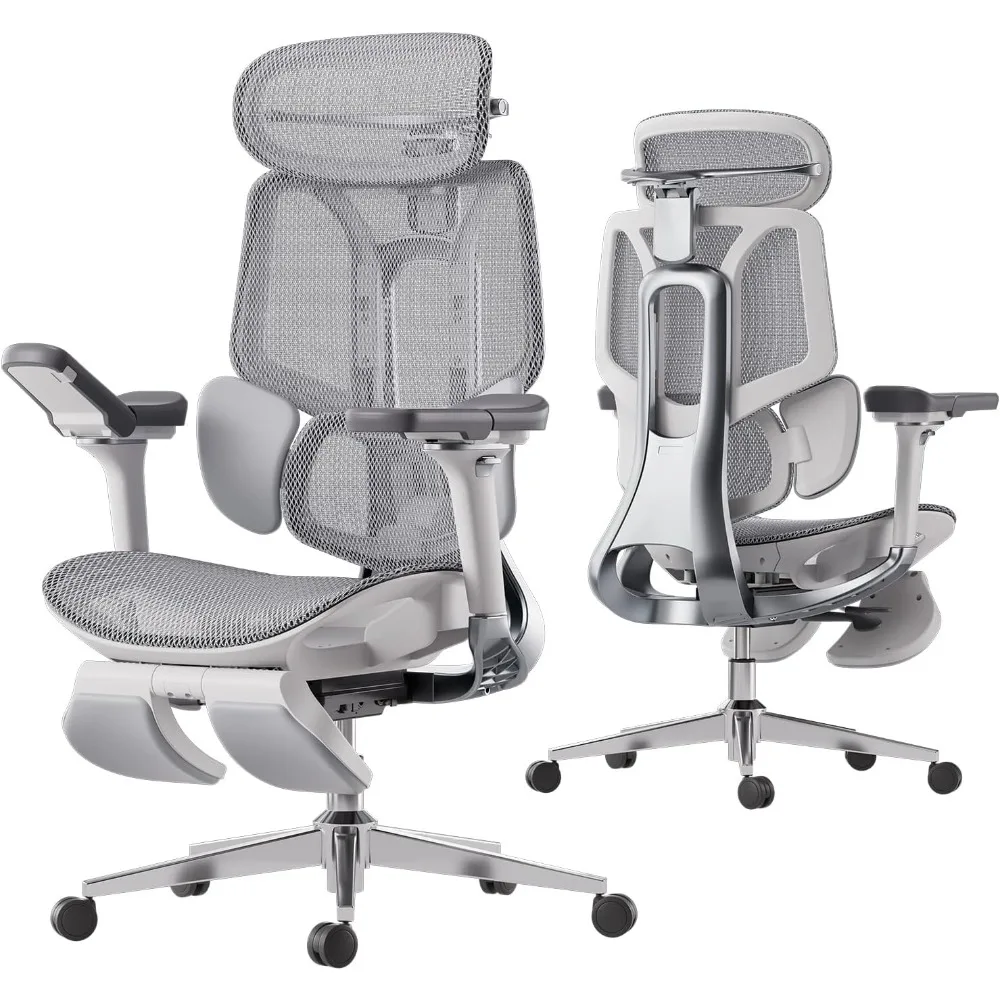
Choosing the Right Office Chair
Factors to Consider
When selecting a new office chair, consider several factors to ensure you choose one that meets your needs. Evaluate your weight and height, and ensure the chair can accommodate these dimensions comfortably. Look for models with adjustable features, such as height, lumbar support, and armrests, to tailor the chair to your specific requirements.
Investing in Ergonomic Designs
Opting for an ergonomic office chair can enhance your comfort and productivity. These chairs are designed to support your posture and reduce strain on your body, making them ideal for long hours of work. Investing in an ergonomic design may cost more upfront but can yield substantial benefits in terms of health and comfort.
Ergonomics: The Key to Workplace Health
Understanding Ergonomic Principles
Ergonomics focuses on creating a workspace that promotes comfort and efficiency. An ergonomic chair is designed to reduce strain on the body, which is especially important for those who spend extended hours in front of a computer. Familiarizing yourself with ergonomic principles can help you make informed decisions when selecting a chair.
Customization for Individual Needs
Every individual has unique needs based on their body type and work habits. When choosing an ergonomic chair, look for customizable features. Adjustable seat height, armrests, and back support allow you to tailor the chair to fit your specific requirements. Taking the time to set up your chair correctly can lead to improved posture and reduced discomfort over time.
Conclusion: Maintaining Your Office Chair
A sinking office chair can disrupt your work environment, but understanding its mechanics and potential issues can help you troubleshoot effectively. From inspecting the gas lift and lever to considering professional repairs or replacements, knowing the steps to take can ensure your chair remains functional and comfortable.
By implementing regular maintenance checks and encouraging proper usage, you can extend your chair’s lifespan and prevent recurring issues. If you ever face problems beyond your expertise, don’t hesitate to seek professional assistance or invest in a new ergonomic chair that caters to your needs.
In summary, whether you choose to troubleshoot the issue yourself or consult a professional, addressing a sinking office chair promptly will enhance your workspace and contribute to greater comfort and productivity.
